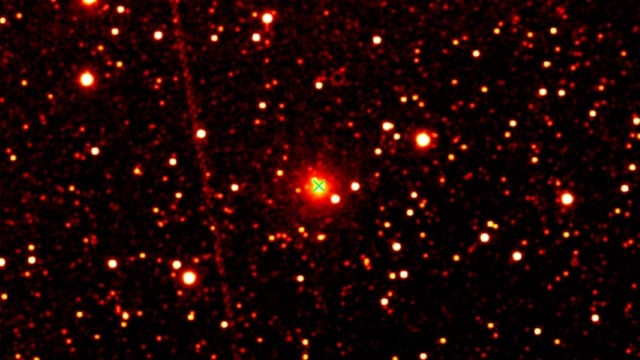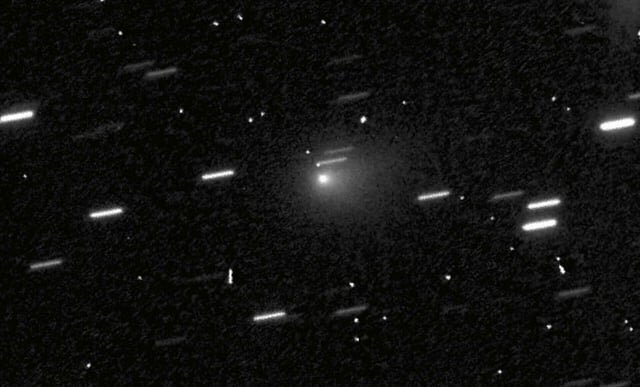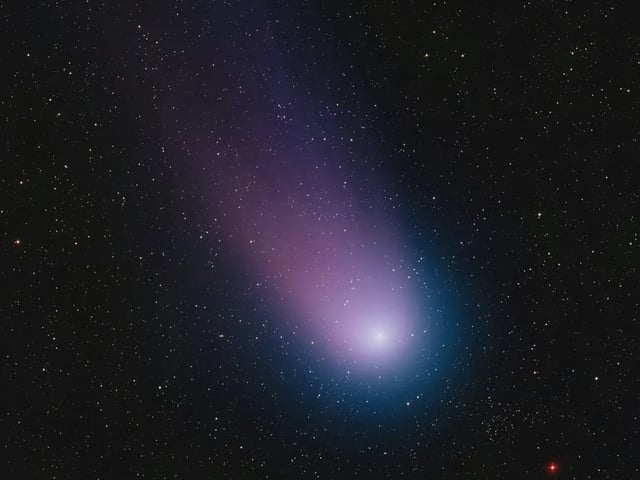Overview
- JWST’s NIRSpec observations on August 6 show a carbon‑dioxide‑dominated coma with H2O, CO, OCS, water ice and dust, and a CO2-to-H2O ratio near 8:1, among the highest measured in a comet.
- NASA’s SPHEREx tracked 3I/ATLAS from August 7–15 and reported a bright CO2 coma with comparatively low apparent water and CO output, with a research note now publicly available.
- Most observed light comes from the coma rather than the nucleus, leading teams to revise nucleus size estimates downward and keep size and rotation constraints under review.
- Hubble, JWST, SPHEREx and supporting ground-based facilities are combining infrared, optical and spectroscopic data to characterize the third confirmed interstellar object.
- Scientific teams report data consistent with an unusual but natural comet that poses no threat to Earth, even as public speculation about an artificial origin persists.



